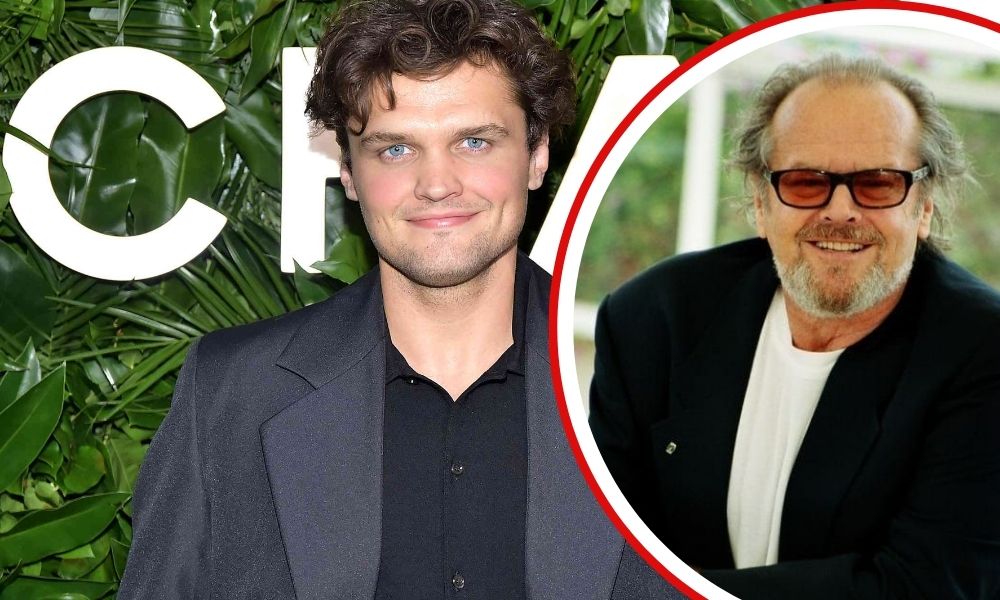In the vast and ever-evolving landscape of independent cinema, new voices constantly emerge, bringing with them fresh perspectives and a renewed passion for the craft. Among these compelling new auteurs is Caleb James Goddard, a writer and director whose work is distinguished by its atmospheric depth, psychological tension, and a palpable reverence for the textures of everyday life. Goddard is not a filmmaker who shouts for attention; rather, he commands it through a quiet, confident mastery of mood and character.
While his name may not yet be a household staple, Goddard has been steadily building a reputation as a filmmaker to watch. His journey, like that of many successful artists, is one of gradual, purposeful ascent through the ranks of the film industry, from hands-on crew roles to the singular vision of the director’s chair.
From Foundation to Filmmaking
Goddard’s education provided a strong technical and theoretical foundation. He is an alumnus of the prestigious University of North Carolina School of the Arts (UNCSA) School of Filmmaking, a breeding ground for some of the industry’s most talented creatives. This rigorous environment honed his skills and, perhaps more importantly, connected him with a community of collaborators who would become instrumental in his future projects.
His early career was spent not in the limelight, but in the trenches. Goddard worked extensively as a grip and in other electrical and lighting departments on a variety of film sets. This experience is crucial to understanding his directorial style. By mastering the tools that shape light and shadow, he developed an innate understanding of how visual language can be used to build atmosphere and suggest the unspoken anxieties of his characters. This hands-on background is evident in every frame he shoots; his films are not just stories told, but worlds meticulously constructed.
A Breakthrough in the Desert: “The Aviary”
Goddard’s feature film debut, The Aviary (2025), co-written with Mallory Westfall, serves as a powerful statement of his artistic identity. The film is a tense, psychological thriller that follows two women fleeing a dangerous cult, only to find the vast, unforgiving Mojave Desert as treacherous as the leader they left behind.
The Aviary is a masterclass in sustained tension. Goddard eschews cheap jump scares in favor of a slow-burning, existential dread. The desert itself becomes a primary antagonist—its oppressive heat, endless horizons, and isolating silence are captured with a stark beauty that is both awe-inspiring and terrifying. The film explores themes of trauma, paranoia, and the blurred line between freedom and a different kind of imprisonment.
Critics have noted the film’s haunting quality, often comparing its atmospheric pressure to that of Sean Durkin’s Martha Marcy May Marlene and the sun-scorched nihilism of Ted Kotcheff’s Wake in Fright. This is not an action-packed escape film; it is a deep, character-driven dive into the psychological scars left by systemic control, and Goddard directs it with a patient, unsettling hand.
Signature Style and Thematic Concerns
Even with a small but growing body of work, distinct patterns are emerging in Goddard’s filmmaking:
- Atmosphere as Narrative: Location is never just a backdrop in a Goddard film. It is an active, breathing element that informs the characters’ psychology and the plot’s progression.
- Psychological Realism: His characters are complex, flawed, and deeply human. He is interested in the internal struggles—the guilt, fear, and fragile hope—that drive their actions.
- Textural Authenticity: His background in grip and electric work shines through. The visuals feel tangible and lived-in, whether it’s the gritty reality of a desert landscape or the intimate confines of a secluded cabin.
- Collaborative Spirit: Goddard frequently collaborates with the same core team of actors and crew, including his partner and creative collaborator, Mallory Westfall. This suggests a filmmaker who values trust and a shared creative vision, fostering an environment where nuanced work can flourish.
A Future Forged in Story
Caleb James Goddard represents a compelling path forward for independent genre filmmaking. He proves that thrillers and horror-adjacent stories can be vehicles for profound human exploration, and that a strong technical foundation can be the bedrock of potent artistic expression.
As he continues to develop new projects, the industry and audiences alike will be watching with keen interest. He is not chasing trends but is dedicated to telling stark, emotionally resonant stories with precision and integrity. Caleb James Goddard is more than a new director; he is a craftsman of unease, a painter of cinematic landscapes, and undoubtedly a significant voice for the future of film.

